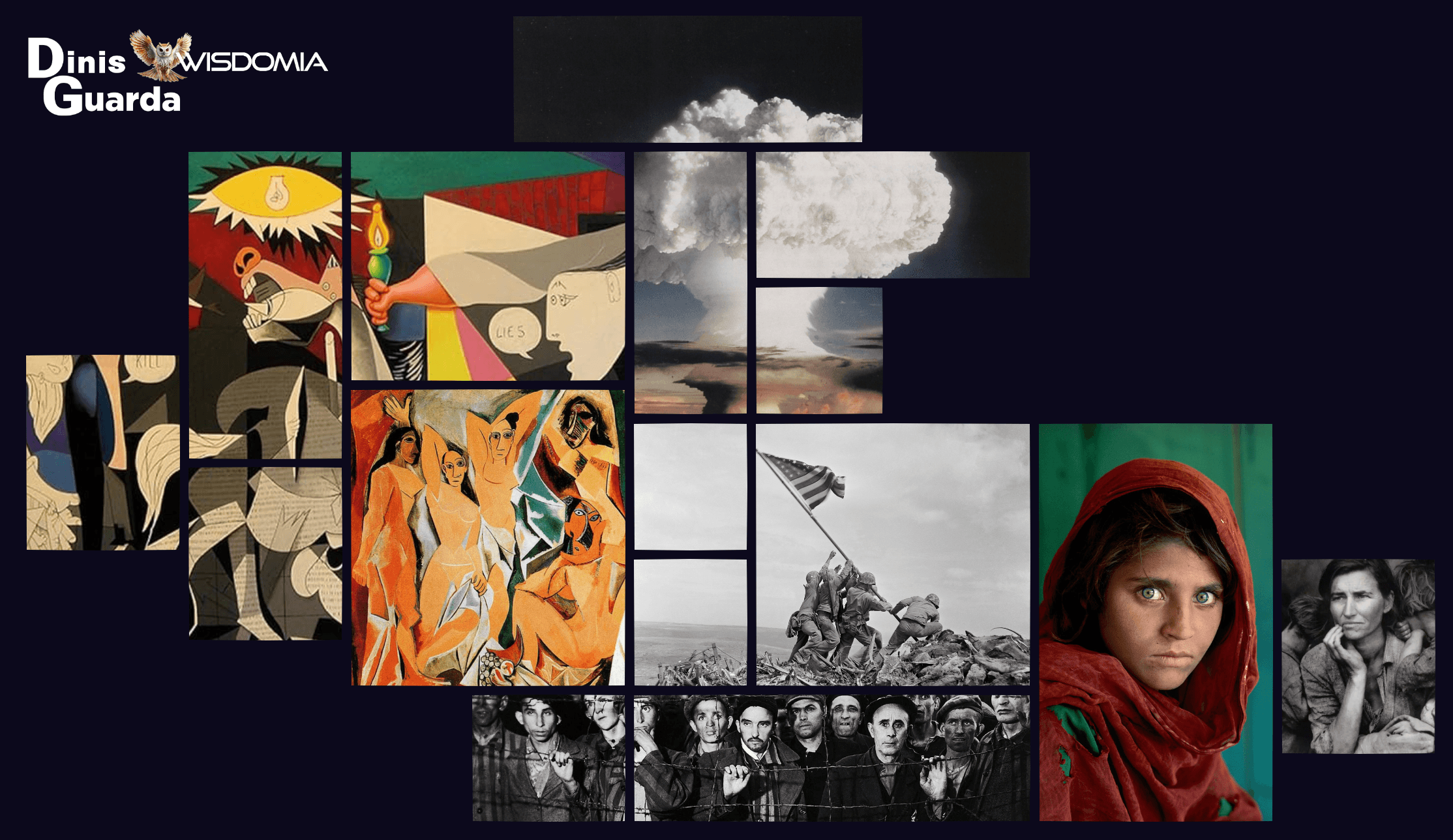The Psychology Behind Four-Colour Game Pieces and Player Engagement
Hind MoutaoikiIR&D Manager
Thu Jul 10 2025

Why do so many board games rely on four simple colours to distinguish players? From Ludo to Risk, the red, blue, green, and yellow pieces are more than just aesthetic choices — they tap into deep-rooted psychological responses that shape how we play, compete, and connect. This article explores the hidden layers of design behind the classic four-colour setup, revealing how colour influences decision-making, emotional engagement, and player identity.
The Emotional Cartography of Colour
In the quiet corners of our minds, where memory and emotion intertwine like old friends sharing secrets, colour speaks a language older than words. Red pulses with the heartbeat of ambition, blue flows with the steady rhythm of contemplation, yellow dances with the spark of spontaneity, and green grows with the patience of deep roots. These aren't merely aesthetic choices—they're emotional anchors that connect us to fundamental aspects of human nature.
The four-colour framework, whether we encounter it in the familiar comfort of Ludo, the strategic depths of board games, or the digital realms of modern gaming, taps into what psychologists call "archetypal associations." Each colour carries within it a constellation of meanings that resonate across cultures and generations, creating what we might call an emotional cartography of the human experience.
Red: The Colour of Fierce Hearts
Red players don't simply play games—they wage beautiful wars. There's something deeply stirring about the person who consistently chooses red, for they carry within them the eternal flame of the competitor. Red speaks to our primal need for achievement, our desire to push boundaries, and our willingness to take risks that others might shy away from.
In the psychology of gaming, red represents what researchers term "achievement motivation"—the drive to excel, to conquer, to leave one's mark upon the world. When a player selects red, they're not just choosing a colour; they're declaring their intention to engage fully with the challenge before them. This choice activates what psychologists call the "approach system" in the brain, flooding the mind with energy and focus.
Blue: The Wisdom of Still Waters
If red is the flash of lightning, then blue is the deep ocean—vast, mysterious, and filled with hidden currents. Blue players possess what we might call "strategic wisdom." They understand that the most profound victories often come not from bold strokes but from patient observation, careful planning, and the ability to see patterns that others miss.
Blue resonates with our need for understanding, our desire to make sense of complexity, and our appreciation for systems and structures. In gaming terms, blue players excel at what psychologists call "cognitive flexibility"—the ability to adapt their thinking, to consider multiple possibilities, and to find elegant solutions to intricate problems.
Yellow: The Sunshine of Spontaneity
Yellow players bring something magical to every game table: the gift of genuine surprise. They're the ones who make unexpected moves, who find joy in the journey rather than obsessing over the destination, and who somehow manage to keep the mood light even when the game grows tense.
In psychological terms, yellow represents what we call "openness to experience"—the willingness to embrace novelty, to take creative risks, and to find delight in the unexpected. Yellow players activate the "play system" in the brain, that wonderful neural network that allows us to experiment, to learn through trial and error, and to maintain our sense of wonder.
The profound gift of yellow players is their ability to remind us why we play games in the first place. Not for the glory of victory or the satisfaction of perfect strategy, but for the sheer joy of shared experience, for the laughter that erupts when someone makes a brilliantly ridiculous move, and for the warmth that comes from human connection.
Green: The Steady Heartbeat of Harmony
Green players are the gardeners of the gaming world. They understand that the most satisfying games aren't about individual triumph but about collective experience. They're the ones who ensure everyone understands the rules, who mediate disputes with gentle wisdom, and who somehow manage to compete fiercely whilst maintaining the bonds of friendship.
Green speaks to our deepest need for belonging, for community, and for the kind of growth that comes not from defeating others but from lifting each other up. In gaming psychology, green players excel at what we call "social intelligence"—the ability to read the emotional currents of a group, to know when to push and when to yield, and to create experiences that everyone can enjoy.
There's something deeply inspiring about green players. They're the ones who make gaming feel like a celebration rather than a contest, who remember that the people around the table matter more than the pieces on the board, and who understand that the best victories are the ones that everyone can share.
The Alchemy of Engagement
The true genius of the four-colour system lies not in its individual components but in its collective wisdom. When these four approaches come together around a gaming table, something magical happens—a kind of psychological alchemy that transforms simple rule-following into genuine human connection.
Each colour brings its own energy to the experience. Red players raise the stakes and sharpen everyone's focus. Blue players elevate the strategic thinking and help others see new possibilities. Yellow players inject creativity and keep the atmosphere light. Green players ensure that everyone feels included and valued.
This dynamic creates what psychologists call "optimal challenge"—that perfect balance between difficulty and ability that keeps us engaged without overwhelming us. It's the sweet spot where learning happens naturally, where skills develop organically, and where time seems to disappear as we lose ourselves in the flow of the game.
The Wisdom of the Ancients, The Promise of Tomorrow
Perhaps the most beautiful aspect of the four-colour system is how it connects us across time and space. The child choosing red in a game of Ludo in London shares something profound with the adult selecting their faction in a complex strategy game in Tokyo. They're both engaging with the same fundamental human need to express their identity through choice, to find their place in a system, and to connect with others through shared experience.
This is why the four-colour framework will endure, even as games themselves evolve beyond our current imagination. Because at its heart, it's not really about colours at all—it's about the eternal human story of identity, connection, and the search for meaning through play.
The next time you sit down to choose your colour in a game, pause for a moment. Feel the weight of that choice, the history it carries, and the psychology it reveals. Know that you're participating in something far grander than a simple game—you're engaging with one of humanity's most elegant solutions to the challenge of understanding ourselves and each other.
In that moment of choice, you're not just selecting a playing piece. You're choosing how you want to show up in the world, how you want to connect with others, and what aspects of your nature you want to explore and celebrate. And in that choice, however small it may seem, lies the infinite possibility of human connection and growth.
previous
Elder Voices of the Millennium: Satish Kumar – Pilgrim of Simplicity, Peace, and Planetary Wisdom
next
Why Is the Sun Yellow? The Science Behind Our Golden Star
Share this
Hind MoutaoikiI
R&D Manager
Hind is a Data Scientist and Computer Science graduate with a passion for research, development, and interdisciplinary exploration. She publishes on diverse subjects including philosophy, fine arts, mental health, and emerging technologies. Her work bridges data-driven insights with humanistic inquiry, illuminating the evolving relationships between art, culture, science, and innovation.
More Articles

The Digital Convergence: When Images Became Everything, Everywhere, All at Once

Modern Revolutions and the Digital Explosion: Images That Shattered and Rebuilt Reality

Renaissance Humanism and the Birth of the Modern Gaze: Images That Taught Us to See Ourselves

When Vision Becomes Destiny: The First 25 Images That Shaped Human Consciousness

What a Small Indian Village Teaches the World About Sustainability





